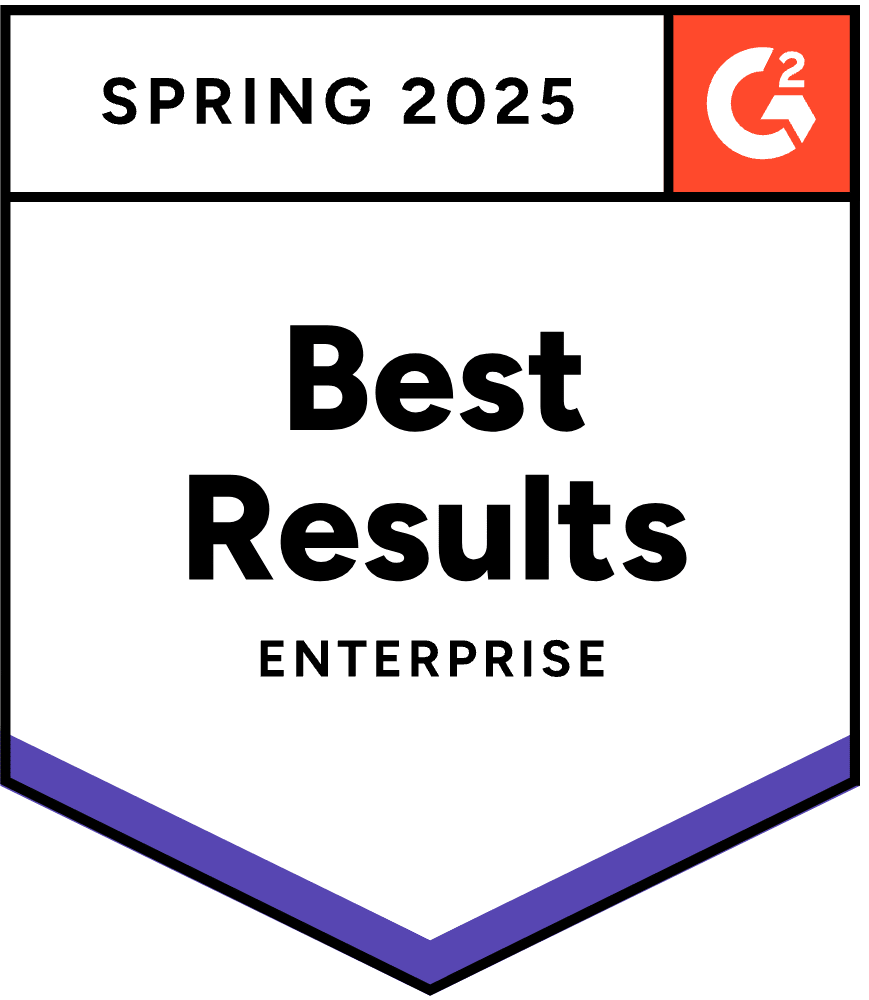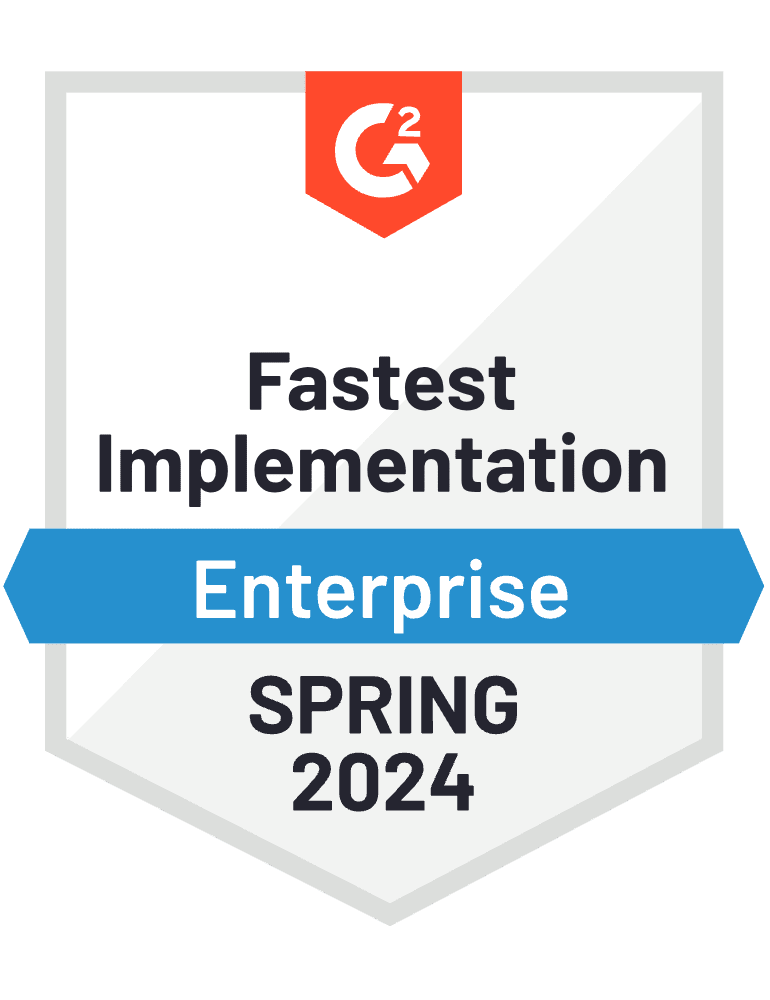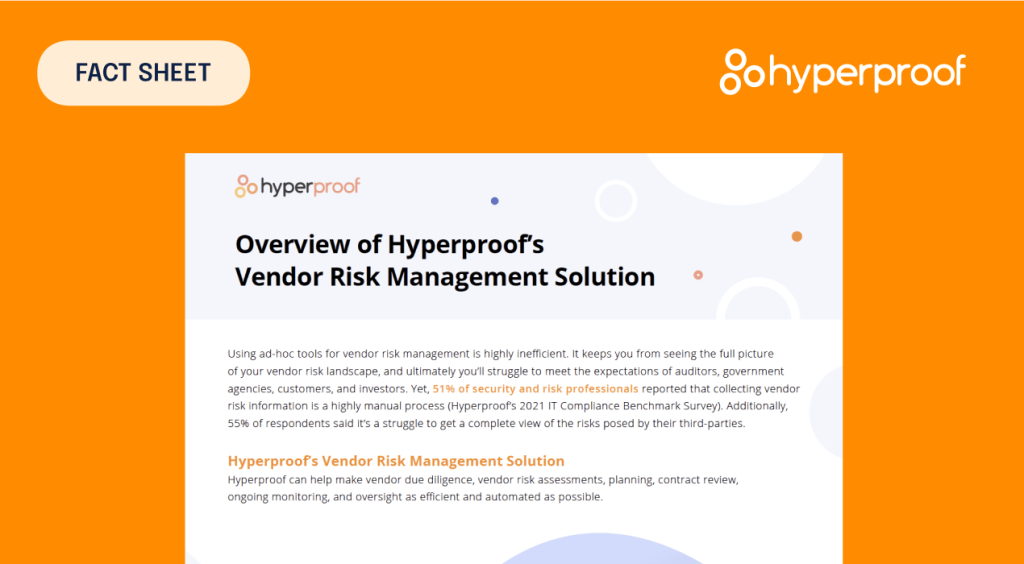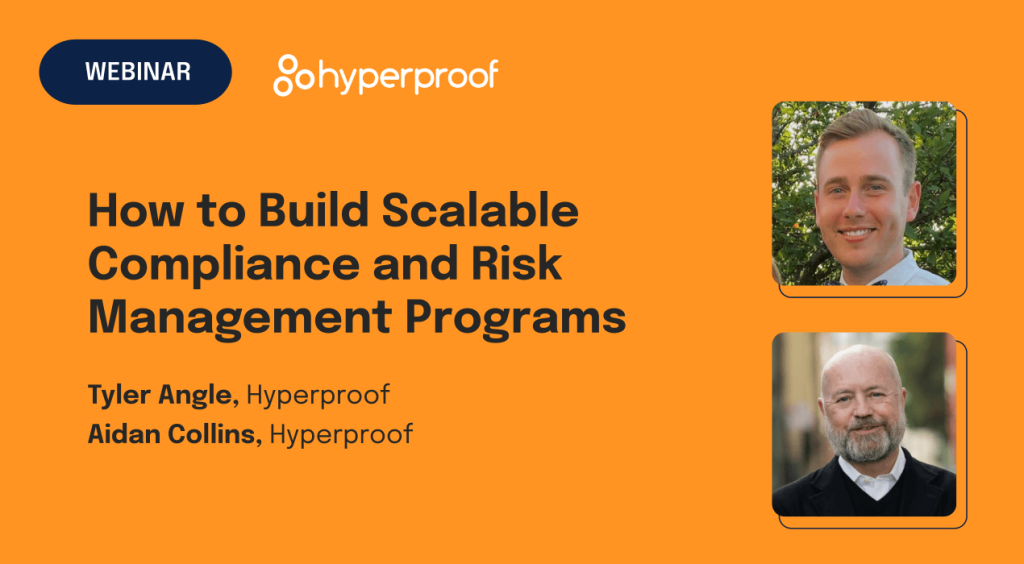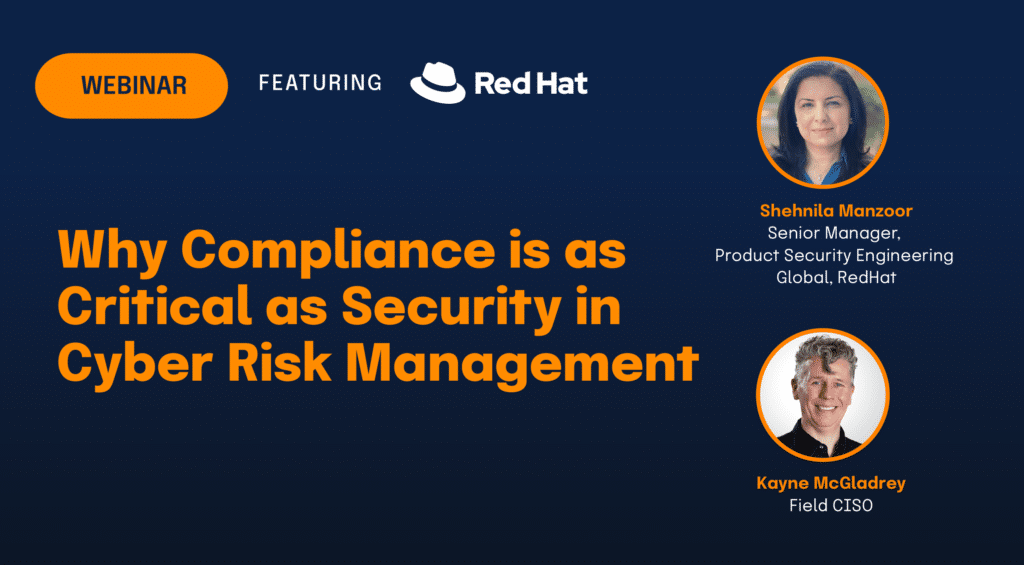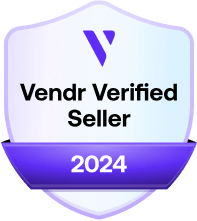How to Assess Your Vendor Risk Management Program Health
Every business is only as strong as its weakest link — and often, that link is a third-party vendor. A single vendor mishap, whether it’s a data breach or a compliance failure, can spell disaster for your organization. This can tarnish your reputation, disrupt operations, and expose you to costly penalties. That’s why assessing the health of your vendor risk management (VRM) program isn’t just a smart move — it’s critical toward safeguarding your business’s future. How confident are you that your VRM program is built to handle today’s evolving risks?
Vendor risk puts your business at risk
Imagine this: You trust a third-party vendor with sensitive customer data. Then suddenly, they experience a breach. Not only does your business face reputational damage, but you could also be held liable for regulatory violations. Even your most basic business operations could be hamstrung. In fact, 62% of respondents in Hyperproof’s 2025 IT Risk and Compliance Benchmark Report experienced a cybersecurity related supply chain disruption that affected their ability to deliver goods or services. This scenario is increasingly common, as vendors often form an integral part of your supply chain and operations.
In today’s reality, your vendor’s risk is your risk. And this makes vendor risk management more important than ever. A solid VRM program enables you to:
- Identify and mitigate risks before they escalate.
- Ensure compliance with industry regulations.
- Build trust with stakeholders and customers.
- Protect your business from financial, reputational, and operational fallout.
With so much at stake, establishing a healthy VRM program is vital. But where should you start? The following steps will keep you on the right track.
Step 1: Define your objectives
Before assessing your VRM program, you need a clear understanding of what you want it to achieve. A strong program starts with specific, measurable goals tailored to your business needs. Ask yourself:
Once objectives are defined, align them with your organization’s broader risk management strategy. Document these goals to create a shared understanding across teams and leadership, ensuring alignment and accountability.
Step 2: Inventory your vendors
Creating a comprehensive inventory is foundational to effective vendor risk management. Start by mapping out your vendor relationships — both direct and indirect. Often, organizations underestimate the number of vendors they rely on. By building a dynamic vendor inventory, you lay the groundwork for informed decision-making and risk prioritization.
Steps to build and maintain a robust inventory include:
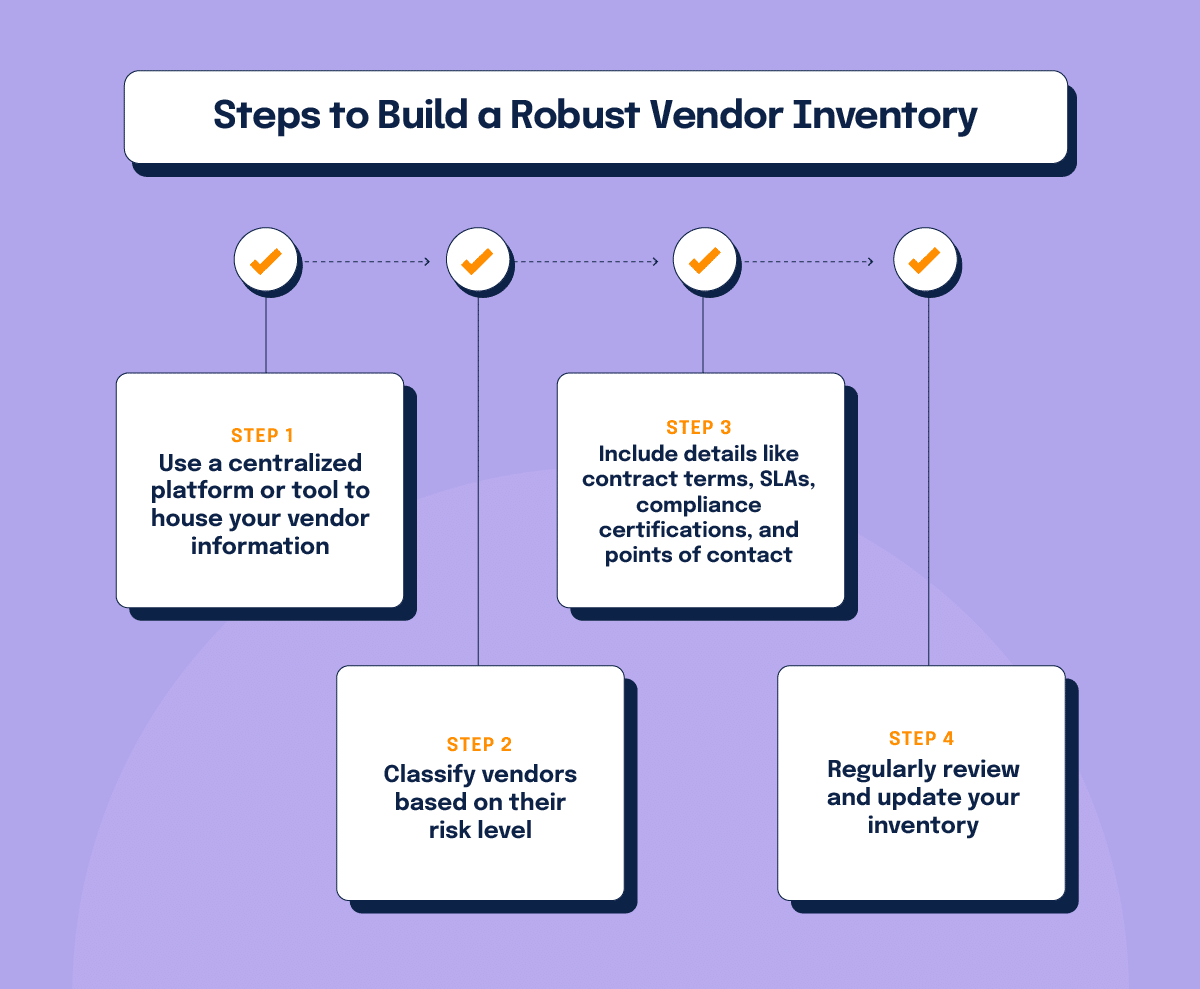
Centralization: Use a centralized platform or tool to house your vendor information. This ensures visibility and reduces redundancy.
Risk categorization: Classify vendors based on their risk level. Criteria may include data sensitivity, business criticality, and geographic regulatory exposure.
Data enrichment: Include details such as contract terms, service level agreements (SLAs), compliance certifications, and points of contact.
Dynamic updates: Regularly review and update your inventory. This is especially crucial during times of organizational change, such as mergers or acquisitions.
Step 3: Evaluate risk assessment practices
Risk assessment is the cornerstone of your VRM program. Without a structured approach, identifying and mitigating vendor risks becomes guesswork. To evaluate your practices, consider:
Risk assessment frameworks: Do you use established frameworks such as ISO 31000, FAIR, or NIST CSF? These provide a structured methodology for assessing risks.
Onboarding assessments: Ensure every new vendor undergoes a thorough risk assessment before engagement. Assess their cybersecurity posture, financial stability, and compliance certifications.
Ongoing monitoring: Risks evolve, so continuous monitoring is vital. Implement tools or processes to track vendor performance, security incidents, and compliance lapses.
Prioritization: Not all vendors pose the same level of risk. Focus your resources on high-risk vendors, such as those with access to critical systems or sensitive data.
To conduct effective vendor risk assessments, a risk professional must understand the vendor’s role, including who uses their system, the business processes it supports, the data it processes, and its integration with other systems. They also need to account for legal and compliance risks and identify the right vendor contact to complete the assessment.
With this context, the risk manager can craft a targeted security questionnaire to uncover the vendor’s security posture, controls, and vulnerabilities. Thoughtful, well-designed questions ensure the assessment provides actionable insights to mitigate vendor-related risks effectively.
Step 4: Measure compliance with policies and standards
Regulatory compliance and adherence to internal policies are non-negotiable in VRM. To measure compliance effectively, your program should include:

Policy documentation: Ensure your VRM policies are comprehensive, clearly written, and easily accessible. Include clauses on data protection, incident reporting, and audit requirements.
Vendor audits: Regularly audit high-risk vendors for compliance with agreed-upon standards. Use a mix of self-assessments and third-party audits for objectivity.
Contractual safeguards: Embed compliance obligations in vendor contracts. Specify penalties for breaches and outline steps for remediation.
Real-time dashboards: Leverage technology to monitor compliance in real-time. This allows you to identify and address issues before they escalate.
Remember to document audit findings and use them to update your risk profile for each vendor. This iterative process reinforces accountability and transparency. For instance, Hyperproof can show you residual risk on your vendors. With visual reports you can see residual risk for each vendor, such as which vendors still need to complete questionnaires or respond to follow-up questions. All of this makes it easy to determine what vendors and tasks require attention so your team can take the right steps to reduce risk.
Step 5: Assess communication and collaboration
Strong vendor relationships hinge on effective communication and collaboration. Without this, risks can easily slip through the cracks. Here’s how to foster better communication:
Define roles and responsibilities: Clearly outline expectations for both your team and the vendor. This avoids confusion during incidents or audits.
Regular check-ins: Schedule periodic meetings to discuss performance metrics, potential risks, and compliance updates. These touchpoints build trust and keep everyone aligned.
Incident escalation protocols: Develop a well-documented process for escalating risks or incidents. Ensure both parties are aware of their responsibilities in these situations.
Collaboration tools: Use shared platforms for project management, document sharing, and communication. This fosters transparency and reduces friction.
Effective communication isn’t just about preventing risks; it’s also about building long-term partnerships that benefit both parties. For example, Hyperproof integrates with many project management and communication tools (e.g., Jira, Slack, Microsoft Teams, Outlook, Gmail), so everyone can work in their preferred tool with all messages and tasks automatically synced into Hyperproof and directly tied to a vendor. Hyperproof also provides tools to automate tasks, alerts, and reminders — helping stakeholders stay on top of all their tasks.
Step 6: Leverage technology and automation
In an era where threats evolve rapidly, manual processes are insufficient. Technology is a force multiplier that transforms your VRM program from reactive to proactive; embracing technology can enhance the efficiency and effectiveness of your VRM program. Focus on:

Automation: Automate repetitive tasks like risk scoring, compliance tracking, and incident reporting. This frees up resources for strategic initiatives.
Integration: Ensure your VRM tools integrate seamlessly with existing systems like procurement platforms, ERP software, and IT asset management tools.
Analytics: Use advanced analytics to identify patterns and predict potential risks. Dashboards and reports should provide actionable insights at a glance.
Evidence collection: A system for evidence collection (e.g., vendor questionnaire responses, additional tickets created to track remediations, contracts detailing requirements for vendors to mitigate security risks) is critical, especially for compliance purposes.
Step 7: Include vendors in your incident response plan
No VRM program is immune to incidents. The true test of its effectiveness lies in how well you respond. To ensure your incident response plan (IRP) is up to the mark:
Define roles and establish protocols: Clearly outline vendor responsibilities in your IRP and create joint response protocols. These should include communication channels, escalation paths, and specific actions vendors are expected to take during an incident.
Integrate vendors into simulations and detection mechanisms: Conduct joint tabletop exercises to simulate scenarios involving vendor risks, ensuring that any gaps in coordination are identified and addressed. Require vendors to notify you promptly of suspicious activity or breaches detected in their systems.
Align SLAs and secure collaboration: Ensure response timelines and actions align with SLAs and use secure communication platforms to exchange sensitive information during incidents. Limit the scope of shared data to prevent unnecessary exposure.
Review and refine post-incident: After an incident, conduct joint debriefs with vendors to assess the effectiveness of their response. Use these insights to refine protocols, improve coordination, and enhance the resilience of your vendor partnerships.
Vendors often manage critical services, data, or infrastructure for your organization. If an incident involves them, their ability to collaborate effectively with your team can mean the difference between quick containment and prolonged damage.
Step 8: Gather feedback and continuously improve
The final step in assessing your VRM program’s health is to foster a culture of continuous improvement. Here’s how:
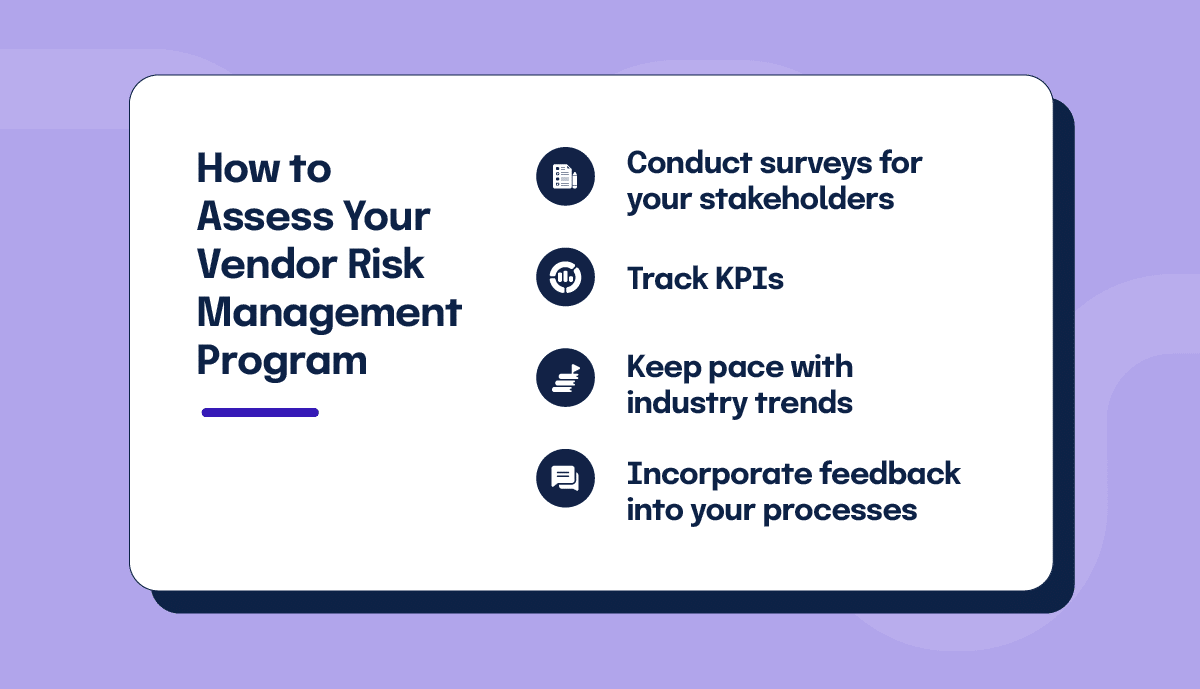
Stakeholder surveys: Regularly solicit feedback from internal teams, leadership, and vendors. Understand their pain points and areas for improvement.
KPI tracking: Define and monitor key metrics such as time to onboard vendors, compliance scores, and incident resolution times.
Industry trends: Stay informed about emerging risks and best practices. Adapt your program to address new challenges, such as ESG compliance or post-quantum cryptography.
Feedback loops: Create mechanisms to incorporate feedback into your processes. This ensures your program remains dynamic and responsive.
Organizations can enhance control testing coverage and improve productivity in control performance evaluation by leveraging continuous controls monitoring (CCM). CCM uses technology to automate the continuous or frequent monitoring of controls, ensuring their effectiveness in mitigating risks, combating cyber threats, and maintaining regulatory compliance and business continuity.
For vendor risk management, CCM plays a crucial role by automating the testing of vendor-related controls, such as access management, data protection, and compliance adherence. This ensures vendors meet your organization’s standards and reduces the manual effort required to monitor third-party risks. By streamlining these processes, CCM strengthens your overall vendor risk management program while boosting efficiency for compliance and audit teams.
Common pitfalls to avoid
Hyperproof helps organizations avoid common pitfalls in vendor risk management by consolidating vendor data, risk assessments, and compliance documentation in one place. Our automation features reduce reliance on manual processes, minimizing delays and errors in vendor evaluations and ongoing monitoring. For instance, Hyperproof can automatically trigger reminders for compliance audits, risk reassessments, and renewal of critical certifications, ensuring that no tasks are overlooked. This proactive approach helps organizations stay ahead of changing risks and regulatory requirements, addressing issues like infrequent reviews and overcomplicated workflows.
Additionally, Hyperproof enhances visibility and accountability across the vendor ecosystem, ensuring even smaller or lower-tier vendors are monitored appropriately. Our dashboards and reporting tools allow organizations to prioritize high-risk vendors while maintaining oversight of all third-party relationships. By integrating with other systems, such as procurement and IT asset management tools, Hyperproof creates a seamless workflow that connects vendor risk management with broader operational processes. This integration ensures risks are identified and mitigated promptly, helping organizations focus resources effectively and maintain trust with stakeholders, customers, and regulators.
Vendor risk management you can be proud of
By following the steps in this article, you can gain a comprehensive command of your VRM program’s health and identify areas for enhancement. Remember, a strong VRM program is a living, breathing system that requires regular attention and adaptation to stay effective.
Taking these actions will not only protect your organization but also build trust with customers, stakeholders, and vendors. In an era where vendor risks are only growing, no organization can afford to leave their VRM program unchecked.
See Hyperproof in Action
Related Resources
Ready to see
Hyperproof in action?

